Search results for “peak”: 48 items
-
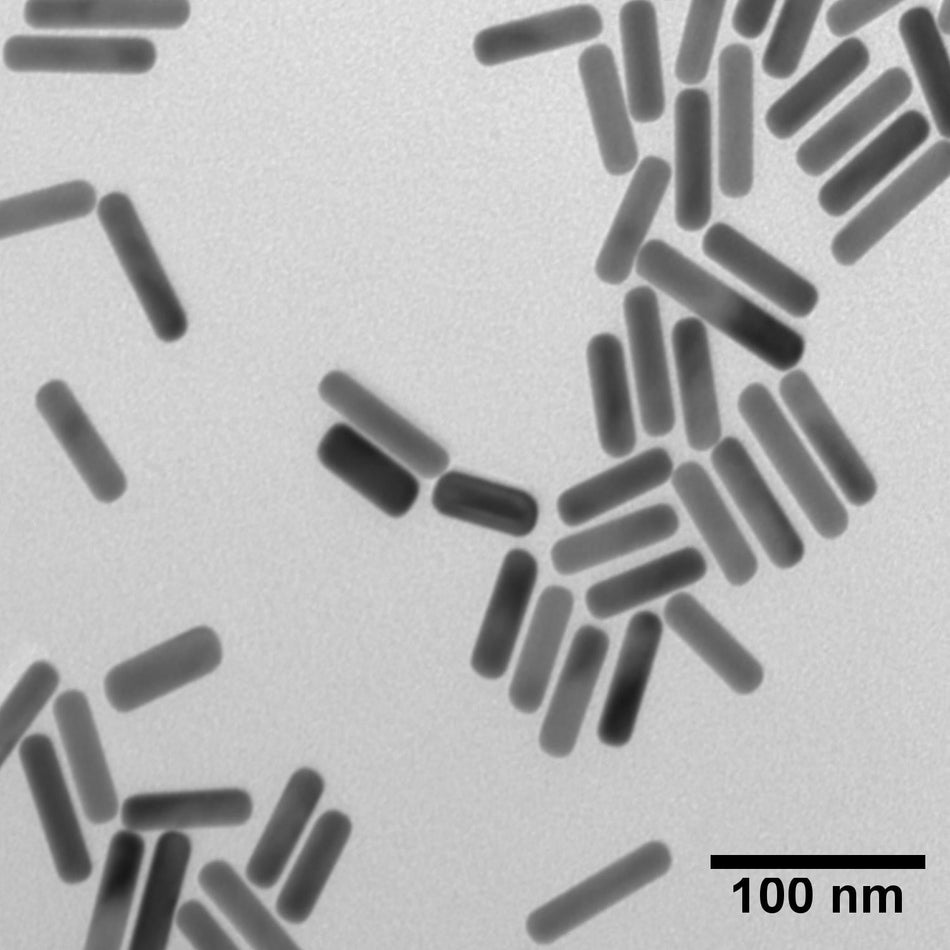
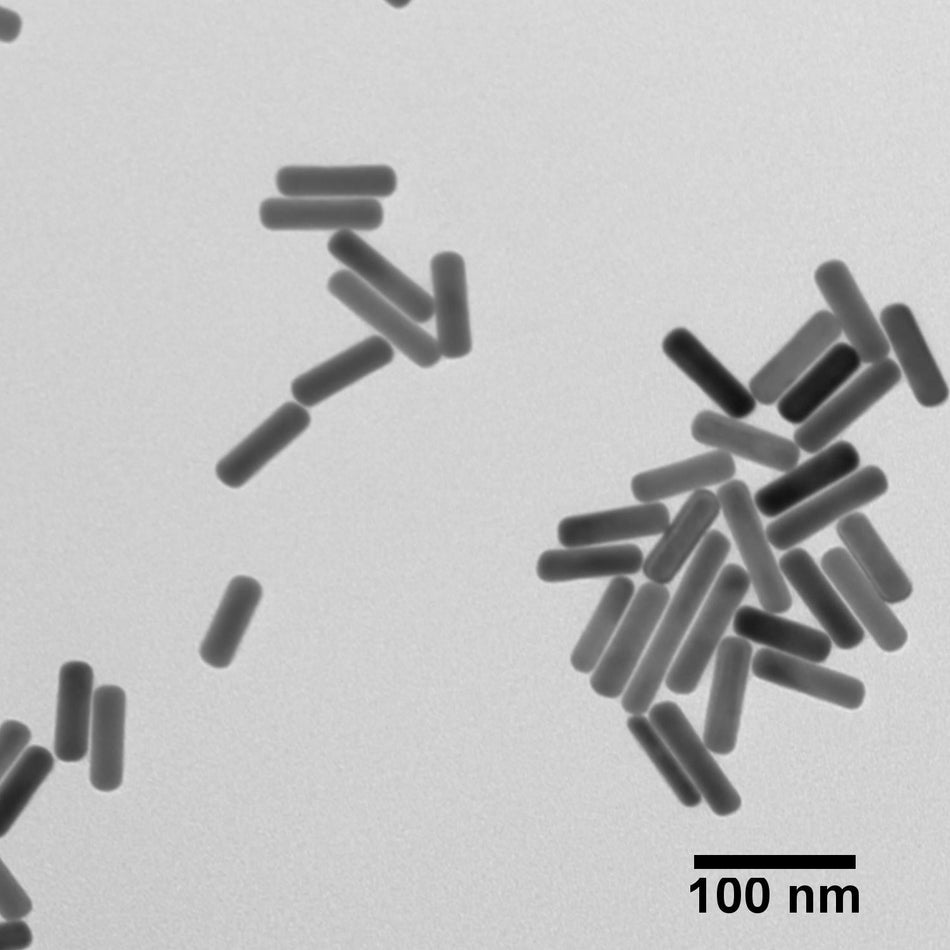
-

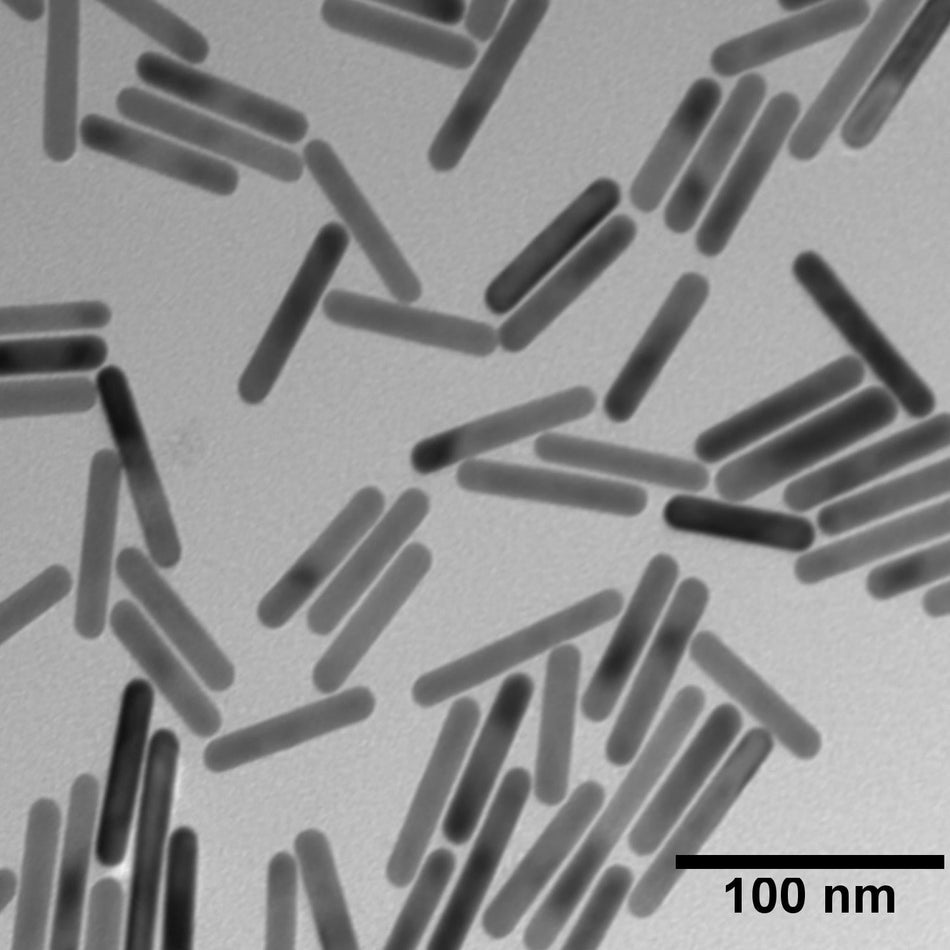
-
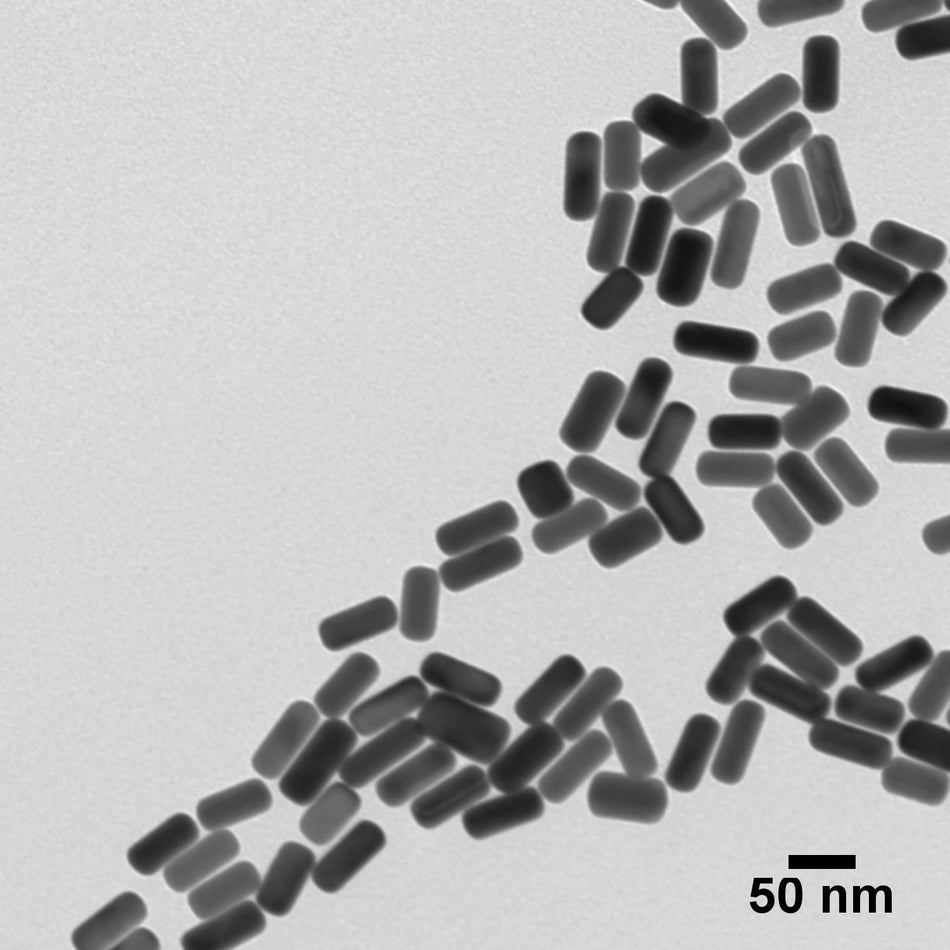
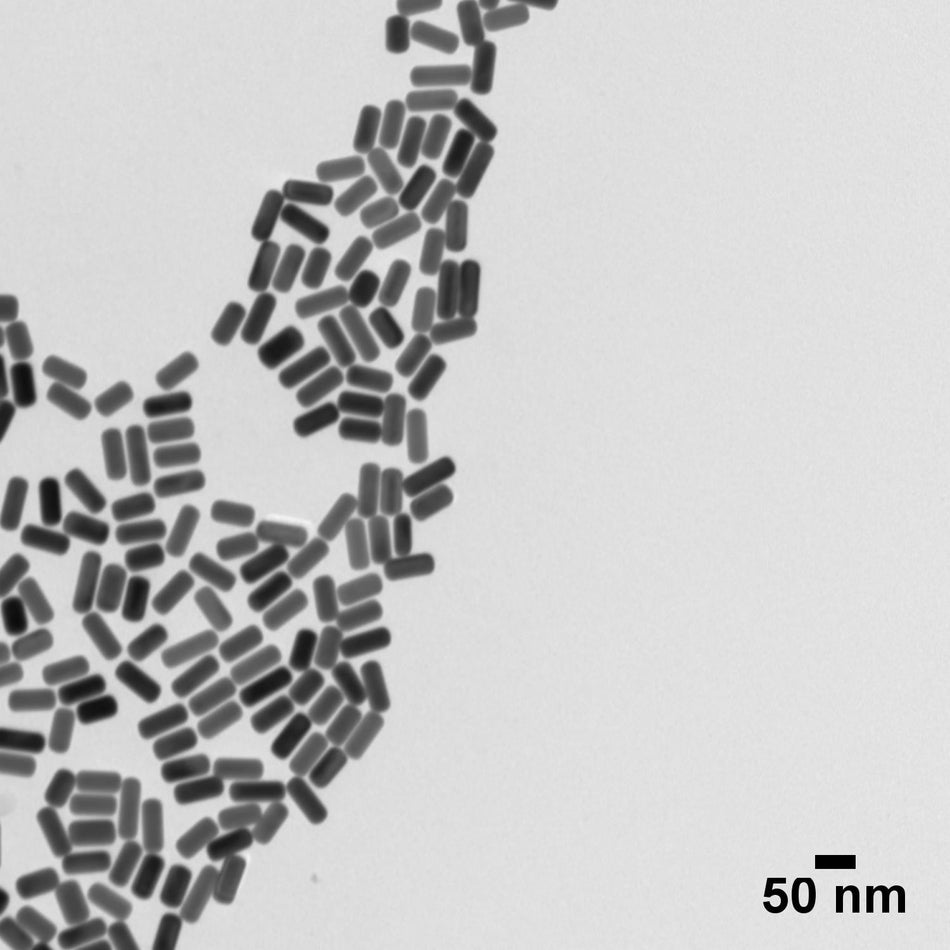
-
Interpreting Particle Spectra During Protein Co...
It is essential that particle conjugates are stable before they are incorporated into a lateral flow assay as unstable particles will aggregate on the test strip and reduce assay performance. ...
-
Silver Nanoparticles: Optical Properties
Silver nanoparticles absorb and scatter light with extraordinary efficiency. Their strong interaction with light occurs because the conduction electrons on the metal surface undergo a collective oscillation when they are...
-
Gold Nanoparticles: Optical Properties
Gold nanoparticles absorb and scatter light with extraordinary efficiency. Their strong interaction with light occurs because the conduction electrons on the metal surface undergo a collective oscillation when they are...
-
Gold Frequently Asked Questions
Table of contents: Gold: General Questions Do you offer "bare" or "uncapped" gold nanoparticles? Gold Nanoparticle Processing Previously I purchased Au nanoparticles in water from you but they can’t be...
-
Gold Nanoshells
Gold nanoshells are surface plasmon resonant (SPR) nanoparticles consisting of a nanoscale silica core surrounded by an ultra-thin gold shell. Changing the ratio of the core diameter and the shell...
-
Plasmonics and Nanophotonics
Plasmonic nanoparticles are discrete metallic nanoparticles that have unique optical properties, and are increasingly being incorporated into commercial products and technologies. These technologies, which span fields ranging from photovoltaics to...
-
Polyvinylpyrrolidone (PVP) Surface
PVP (polyvinylpyrrolidone) is a large polymer that associates with the particle surface through Van der Waals forces and metal ligand charge transfer. The 40 kDa PVP molecule is not easily...
-
Standard Product Specifications
Gold BioPure Gold Nanospheres Size (nm) Mass Concentration (mg/mL) Atomic (Au) Molarity (mmol/L) Particle Concentration (particles/mL) Au Mass Percent (%) Max Optical Density (cm-1) Peak Wavelength (nm) 5 1.0 5.08 7.91...
-
Salt Stability of Nanoparticles
When nanoparticles are exposed to high salt solutions such as those present in most biologically compatible media, agglomeration can occur. Depending on the nanoparticle material, size, and surface, the agglomeration...
-
Dodecane Surface
Dodecanethiol is a hydrophobic molecule that provides particles with solubility in organic solvents and compatibility with non-polar polymer composite materials as well as promoting dispersion in low surface-energy solvents for...
-
Silver Nanoplates
Silver nanoplates are surface plasmon resonant (SPR) platelet-shaped nanoparticles that have extremely large absorbing and scattering cross-sections across the visible and near-IR regions of the spectrum. By precisely controlling the...
-
Nanomaterials in Advanced Display Technologies
Nanomaterials exhibit a variety of unique and useful optical properties that can differ significantly from the properties exhibited by the same bulk material. By carefully controlling the size, shape, and...
-
Silver Nanocubes
The optical properties of silver nanoparticles can be tuned by controlling the particle shape and size. Among the variety of shaped silver nanoparticles, silver nanocubes have received particular interest due...
-
Plasmonics
Table of contents: Plasmonic Nanoparticles Plasmonics Tutorial Modeling Plasmonic Nanoparticle Optical Properties Plasmonic Nanoparticles Plasmonic metal nanoparticles – including gold, silver, and platinum – are highly efficient at absorbing and scattering light. ...
-
Frequently Asked Questions
Table of contents: General FAQ Gold Silver Silica Lateral Flow Characterization & Quality Control Plasmonics & Optical Properties TEM Characterization Services Purchasing & Shipping Returns Don't see the topic you're...
-
Silver Shelled Gold Nanoparticles
Bimetallic core-shell nanoparticles with tunable core diameter and shell thickness are unique nanomaterials with controllable optical properties and atomic ratios, of interest for plasmonic studies and as highly-characterized constructs for...
-
nanoComposix CEO, Dr. Stephen Oldenburg, speaki...
Going to ACS in Orlando? Our founder and CEO, Dr. Steven Oldenburg, will be giving a talk on commercializing gold nanoshells. Abstract Over 20 years ago, gold nanoshells, a seminal...
-
Branched Polyethylenimine (BPEI) Surface
Branched polyethylenimine (BPEI) is a polymer with repeating units composed of ethylene diamine groups. BPEIs contain primary, secondary and tertiary amino groups. Primary amines on the BPEI are used to...
-
Useful Terminology
Agglomeration and Aggregation Spectral Shifts: Blue-Shifting/Red-Shifting Extinction Grain Size/Primary Size Optical Cross-Sections Optical Density Optical Efficiency Agglomeration and Aggregation Aggregation and agglomeration are terms that are widely used by nanotechnology...
-
Carbonate Surface
Carbonate terminated nanoparticles have a surface that is the closest to “bare” of all our particles. Similar to citrate, carbonate molecules provide a negative zeta potential across a wide range...
-
Tannic Acid Surface
Tannic acid offers an intermediate surface stability option when compared to the other non-covalently-bound surfaces of citrate and PVP we offer, all of which associate with the particle surface by...
-
Introduction to Gold Nanoparticles
Gold Nanoparticle Applications Gold nanoparticles are one of the most commonly utilized nanomaterials due to their stability and optical properties. Diagnostic Applications Gold nanoparticles are readily conjugated to antibodies and...
-
Lipoic Acid Surface
❯ Looking for PEG carboxyl acid? Click here. Lipoic Acid contains both a carboxyl group and a dithiol group. The dithiol group strongly binds to the metal nanoparticle surface after...
-
Polyethylene Glycol (PEG) Surface
Polyethylene glycol (PEG) is a polyether compound that consists of repeating units of ethylene oxide. It is a safe compound that is used in a wide variety of application including...
-
Introduction to Silver Nanoparticles
Silver Nanoparticle Applications Silver nanoparticles are one of the most commonly utilized nanomaterials due to their anti-microbial properties, high electrical conductivity, and optical properties. Medical Applications Silver nanopaticles are widely...
-
Silver Frequently Asked Questions
Table of contents: Silver: General Questions Do silver nanoparticles oxidize? Are your silver nanoparticles amorphous or crystalline? Do silver nanoparticles have antimicrobial properties? How do I tell if the silver...
-
Aluminum Nanoparticles
Aluminum (Al) nanoparticles have unique optical, physical, and chemical properties that make them candidates for use in a variety of applications, ranging from UV plasmonics and catalysis, to the preparation...
-
Gold Nanorods
Table of contents Optical Properties Surface Functionalization Applications Additional Resources Gold Nanorod FAQs ❯ Optical Properties NanoComposix’s gold nanorods are surface plasmon resonant (SPR) rod-shaped nanoparticles with narrow size distributions...
-
Silica Surface
❯ Looking for aminated silica? Click here. Silica is a versatile coating that has wide applicability for many applications. nanoComposix’s ability to manipulate the properties of the silica shells enables...
-
Introduction to Nanoparticle Optical Properties
Nanomaterials exhibit a variety of unusual and interesting optical properties that can differ significantly from the properties exhibited by the same bulk material. By carefully controlling the size, shape and...
-
Citrate Surface
Citrate is one of the most common stabilizing molecules for metal nanoparticles. It provides a highly negatively charged surface that can be displaced by many other molecules or ligands such...
-
BioReady Gold Nanoshells – Carboxyl Surface
This material is part of our BioReady product line for use in lateral flow. To buy these particles, click here. Lipoic acid contains both a carboxyl group and a dithiol...
-
Silver Nanoparticles: Physical Properties
Diameter, Surface Area, and Volume Nanoparticles have unique properties due to their small size. All nanoparticles regardless of their chemical constituents, have surface area:volume ratios that are extremely high (see...
-
Nanobiotechnology
Nanobiotechnology (also referred to as nanomedicine, bionanotechnology and nanobiology) is an emerging field which exists at the interface of biology and nanomaterials science. At nanoComposix, we fabricate nanomaterials that are...
-
PEG Carboxyl Acid Surface
❯ Looking for lipoic acid? Click here. nanoComposix PEG-Carboxyl products contain a lipoic-dPEG12-COOH ligand that’s covalently bound to the metal nanoparticle with a dithiol which forms a strong, stable bond...
-
Gold Nanoparticles: Physical Properties
Diameter, Surface Area, and Volume Nanoparticles have unique properties due to their small size. All nanoparticles regardless of their chemical constituents, have surface area:volume ratios that are extremely high (see...
-
Aminated Silica Surface
❯ Looking for standard (non-aminated) silica? Click here. Amine-functionalized silica is useful for binding studies, conjugation with carboxyl-containing molecules through EDC/NHS coupling, or binding to dyes and molecules with isothiocyanate...
-
Stability and Shelf Life of Small PVP Silver Na...
nanoComposix guarantees our materials to be stable when stored as recommended for 6 months to over 1 year from the date of shipment for most nanoparticles. However, there are some...
-
Ultra Uniform Gold Nanospheres
Introduction For applications requiring the highest uniformity in size and shape, nanoComposix Ultra Uniform Gold Nanospheres have a nearly perfect spherical shape, smooth surfaces, and the lowest coefficients of variation...
-
Nanotoxicology: Endotoxin Analysis
Endotoxin Testing for Nanoparticles Another critical control test is to determine the endotoxin concentration in nanoparticle solutions. Endotoxins are components of the outer membranes of bacteria, most commonly gram negative...
-
Aluminum Nanoparticles
Aluminum (Al) nanoparticles have unique optical, physical, and chemical properties that make them candidates for use in a variety of applications, ranging from nanophotonics and catalysis, to the preparation of...
-
Introduction to Lateral Flow Rapid Test Diagnos...
Lateral flow assays (LFAs) are simple to use, disposable diagnostic devices that can test for biomarkers in samples such as saliva, blood, urine, and food. The tests have a number...
-
Photothermal Applications of Nanoparticles
Introduction to photothermal properties of nanoparticles Nanoparticle selection guidelines Examples of photothermal therapies and applications Introduction to photothermal properties of nanoparticles Photothermal therapies use photosensitizing agents to convert applied light...
-
Custom Nanoparticle Development and Manufacturi...
nanoComposix has a multidisciplinary team of scientists with backgrounds in chemistry, physics, engineering, and earth sciences. We have worked with hundreds of different clients to develop nanomaterials, composites, and formulations...
-
Lateral Flow Tips, Tricks and Frequently Asked ...
Table of contents: Particle & Surface Selection Antibody Purification & Optimization Conjugation Buffer Considerations Troubleshooting an Assay Particle & Surface Selection How can gold nanoshells increase sensitivity in lateral flow?Our...






